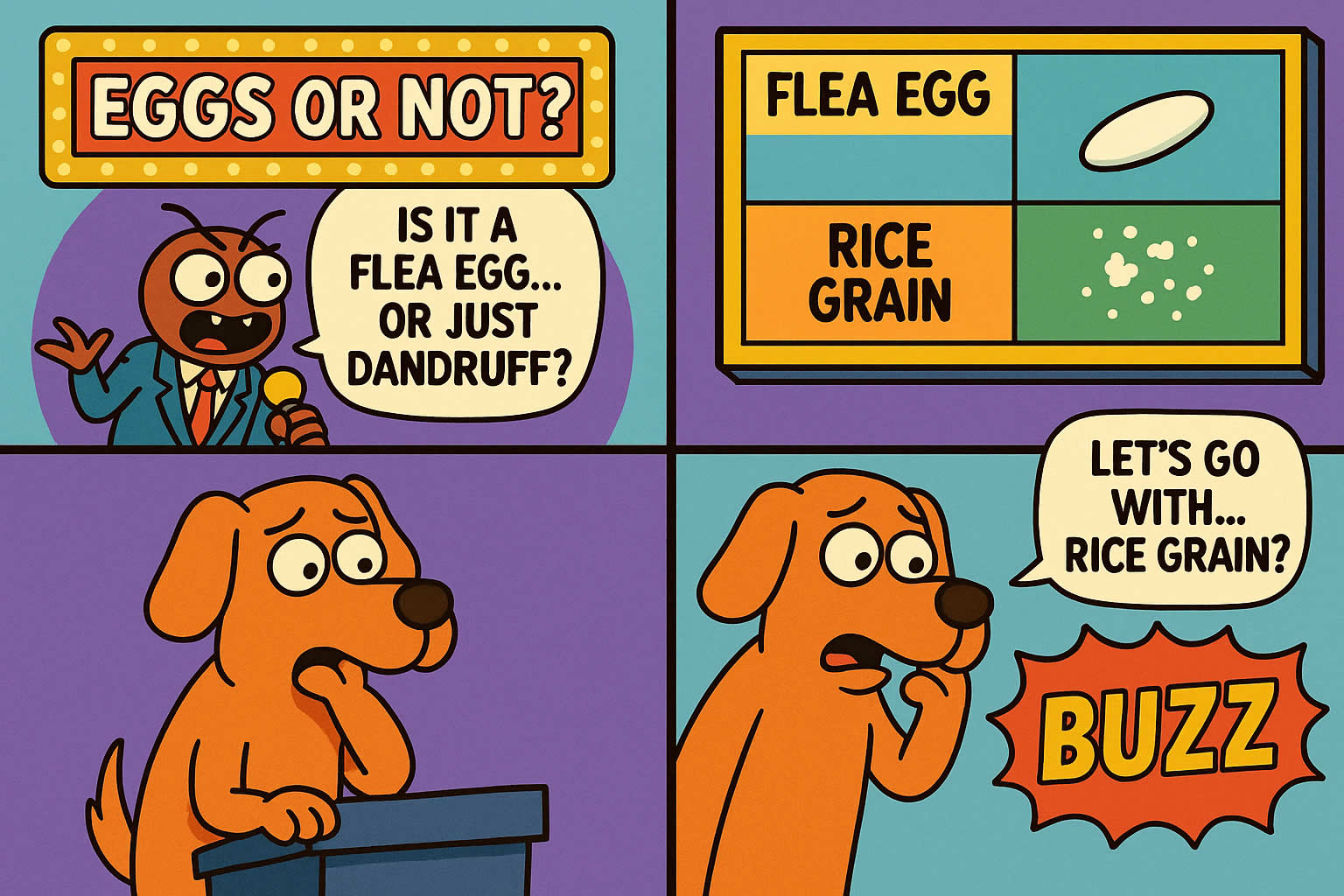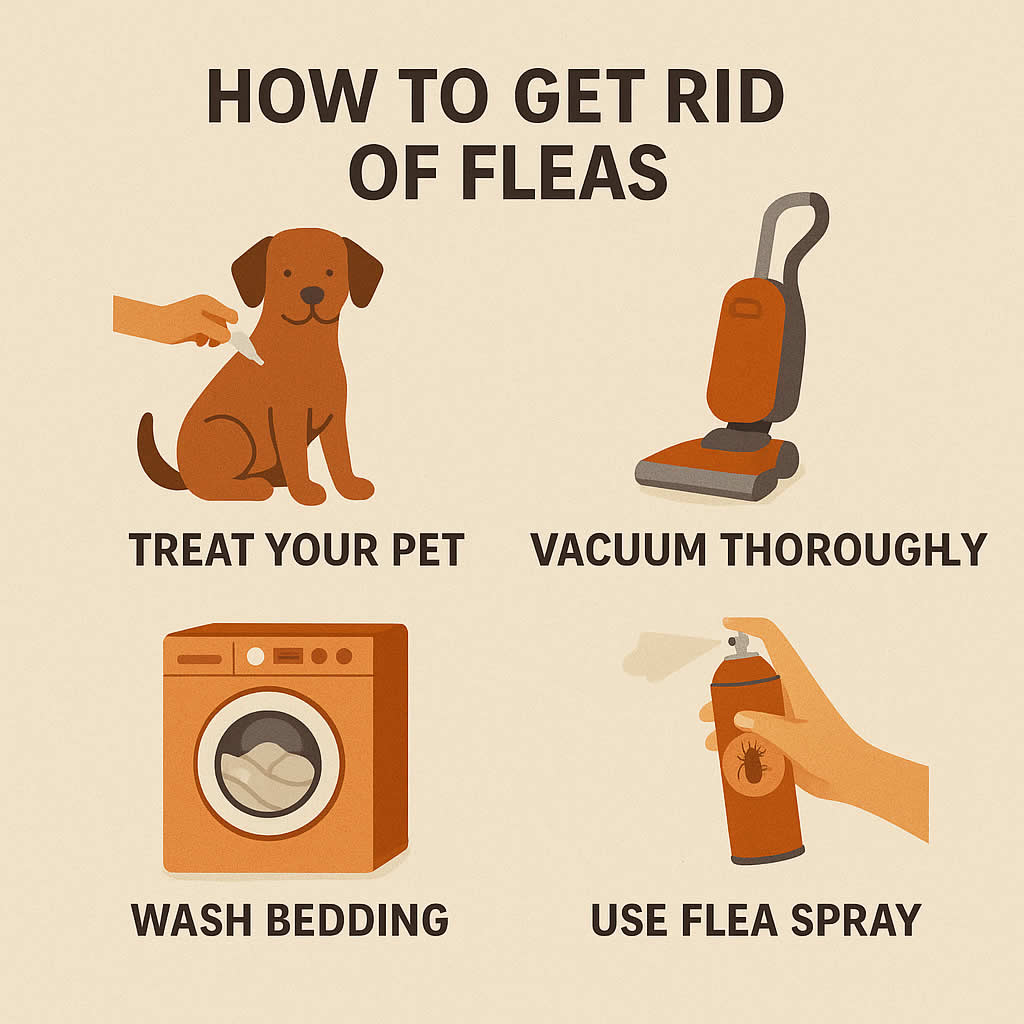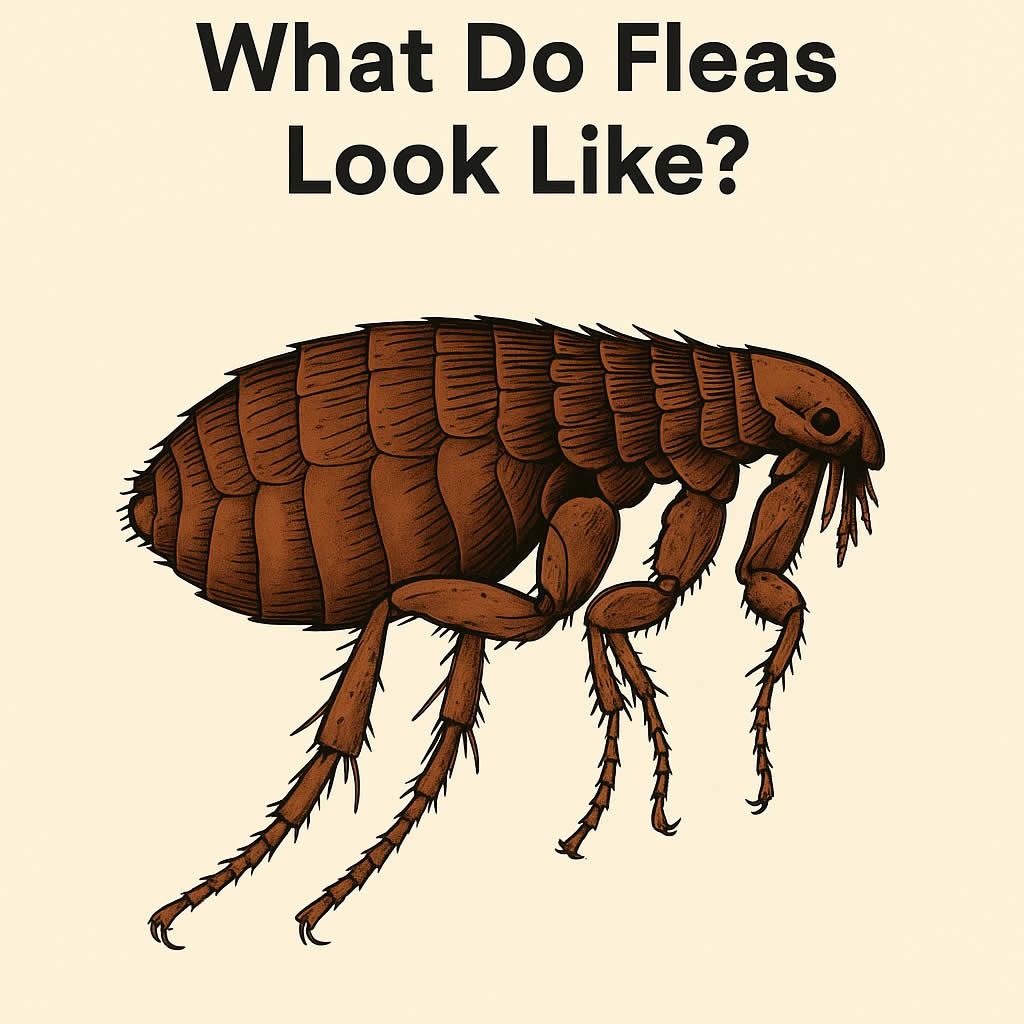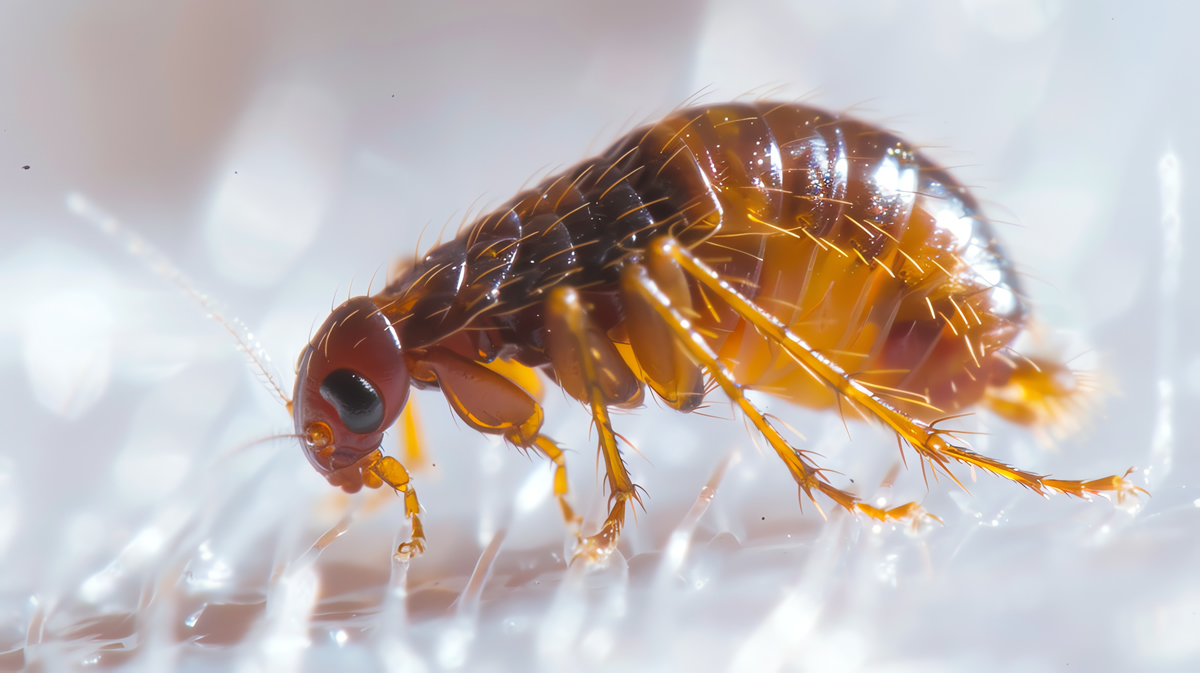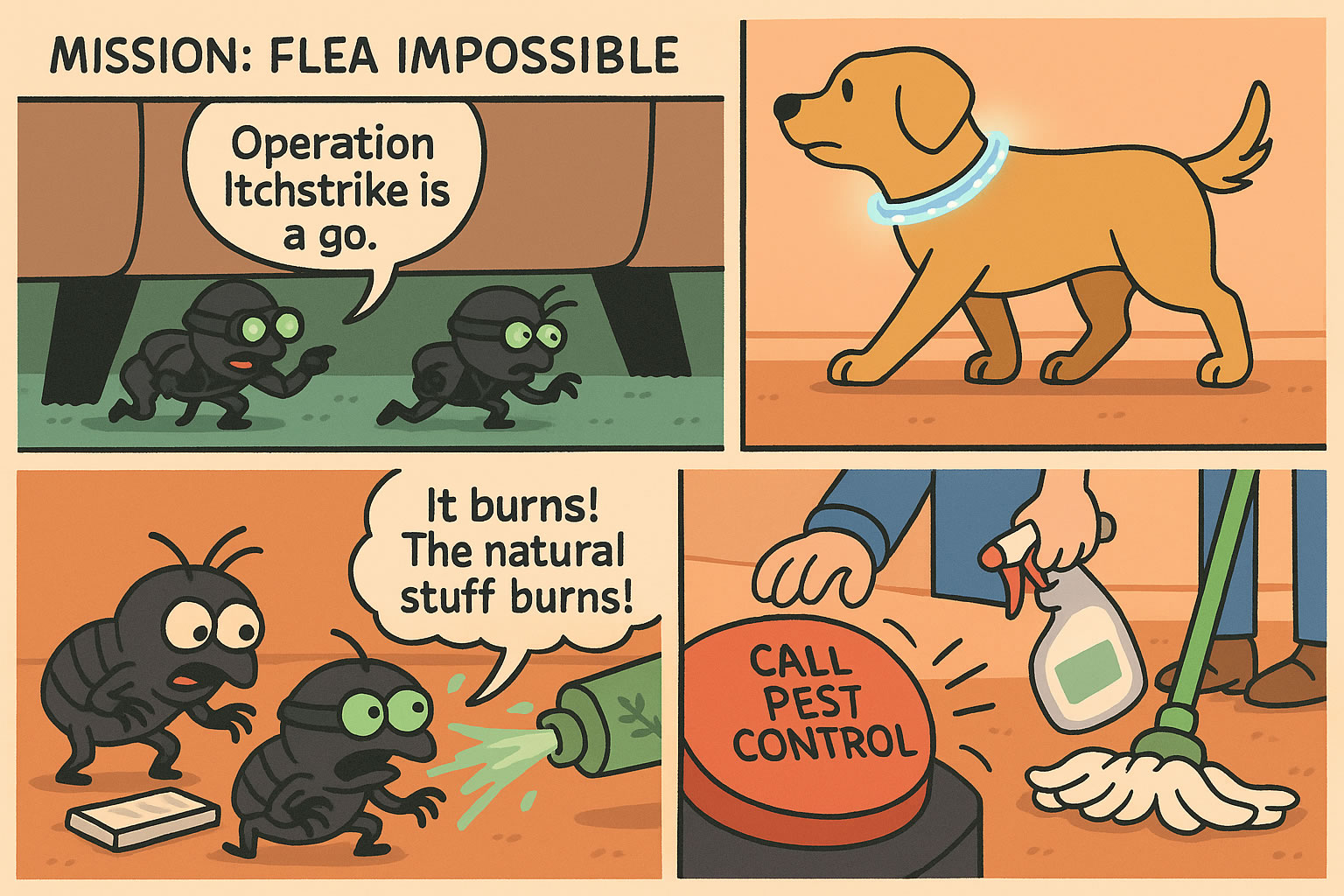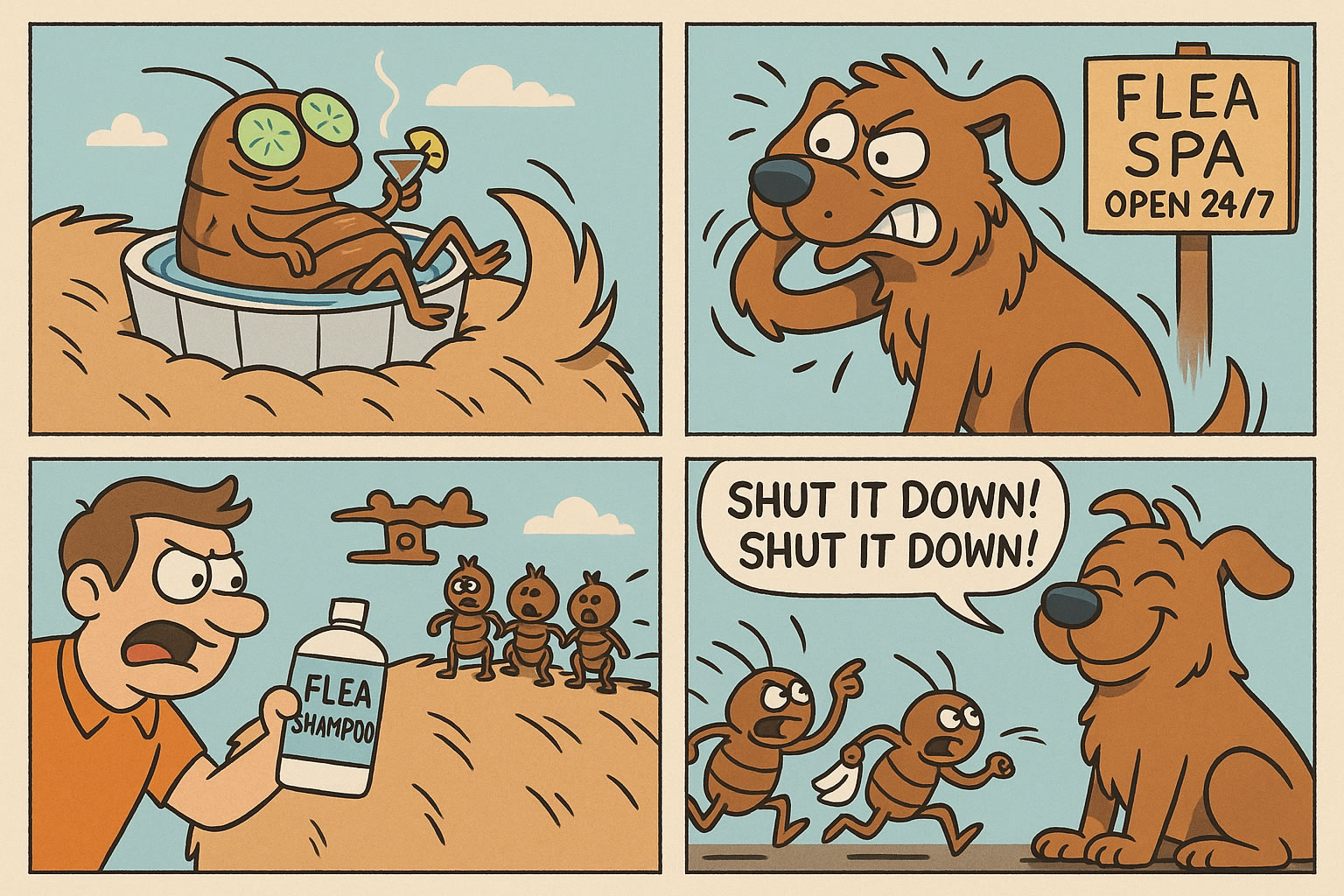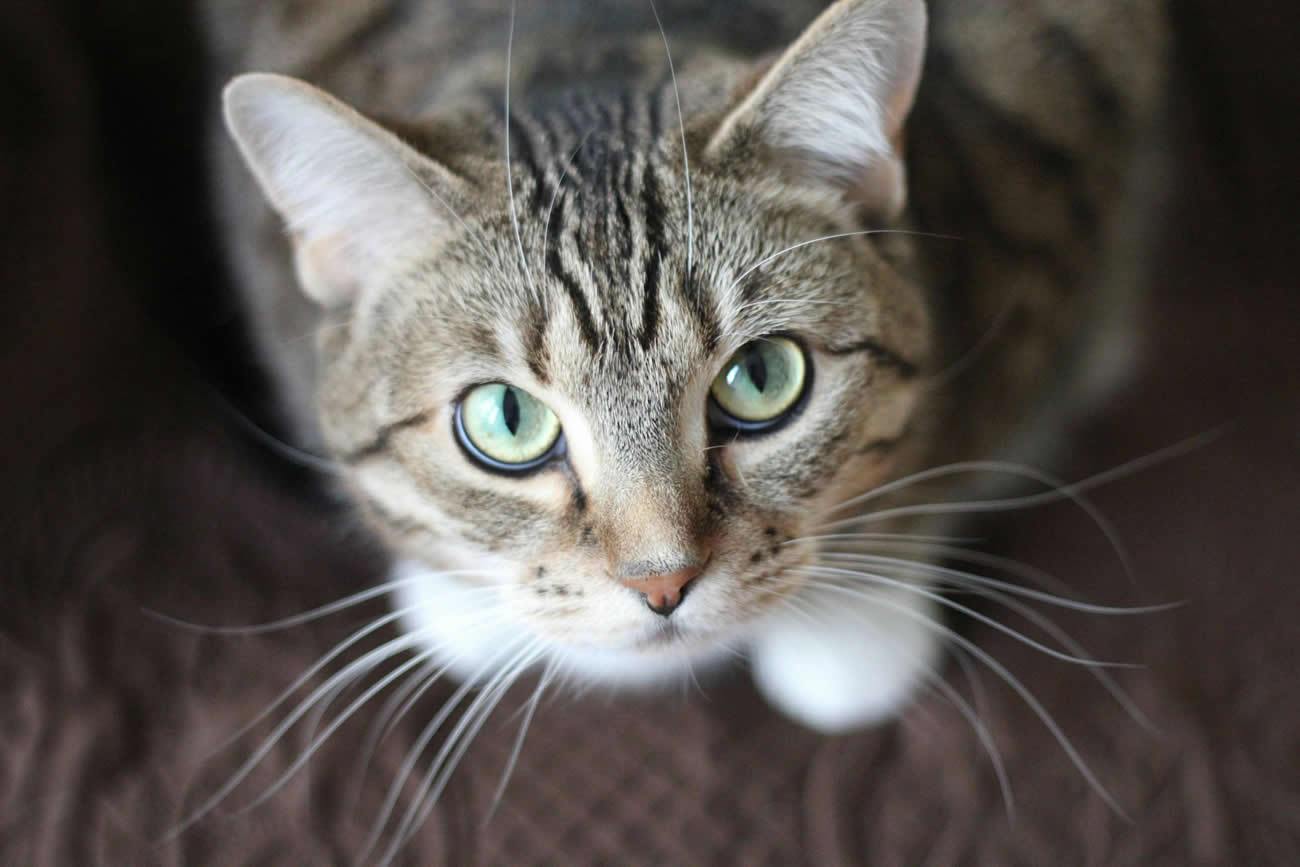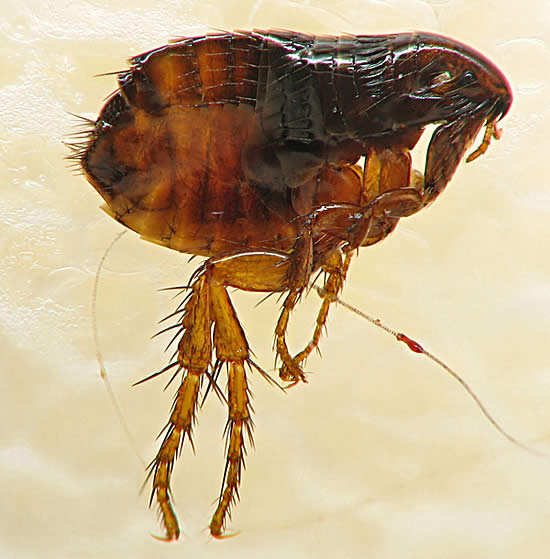Related Queries
ToggleDid you know a single female flea can lay up to 50 eggs daily? Understanding what flea eggs look like is crucial for effectively tackling these tiny invaders before they overwhelm your home and pets.
These minuscule pests measure just 0.5 millimetres—similar to a grain of salt—and are oval-shaped with a soft, off-white shell. Unlike lice eggs, flea eggs don’t stick to fur, which means they typically fall off your pet and scatter throughout your home. In fact, approximately 90% of the flea life cycle occurs in your environment rather than on your cat or dog. Furthermore, these eggs can be easily mistaken for sand or dry skin, making them particularly difficult to identify without close inspection.
We’ve created this comprehensive guide to help you confidently identify flea eggs on your pets, furniture, and bedding. Additionally, we’ll explain how these eggs develop, what conditions affect their hatching, and most importantly, how to eliminate them from your home effectively.
What do flea eggs look like?
Identifying flea eggs early is crucial for effective pest control. Let’s explore exactly what these tiny invaders look like and how to spot them in your home.
Size, shape, and colour of flea eggs
Flea eggs are remarkably small, measuring approximately 0.5 mm in length and 0.3 mm in width. To put this size into perspective, they’re about the size of a grain of salt, though slightly more oval in shape.
When first laid, these eggs have a distinctive appearance:
- Initially shiny and almost translucent
- Gradually becoming more opaque and pearl-like as they age
- Smooth surface with no indentations when viable
- Oval shape with two rounded ends
The colour of flea eggs is generally described as off-white. Freshly deposited eggs appear somewhat translucent, while older eggs take on a more solid, pearly-white appearance. This subtle colour change occurs as the eggs mature and the embryos develop inside.
Because of their tiny size and light colour, flea eggs are frequently mistaken for other household particles. They’re often described as resembling:
- Tiny pearls
- Grains of salt or sugar
- Dandruff flakes
- Miniature rice grains
Can you see flea eggs with the naked eye?
Although minute, flea eggs are indeed visible to the naked eye. However, spotting them requires good lighting and careful observation. Their small size makes them challenging to identify without magnification, especially on light-coloured surfaces or pets with white or cream-coloured fur.
If you suspect flea eggs but struggle to see them clearly, try this simple trick: place the specks on a dark piece of paper under a magnifying glass. The contrast against the dark background makes the oval-shaped eggs much easier to identify.
When examining your pet, look for what pest control experts call “salt and pepper” signs. The “salt” refers to the white eggs, while the “pepper” represents the dark flea dirt (flea faeces). This combination is a telltale sign of flea infestation.
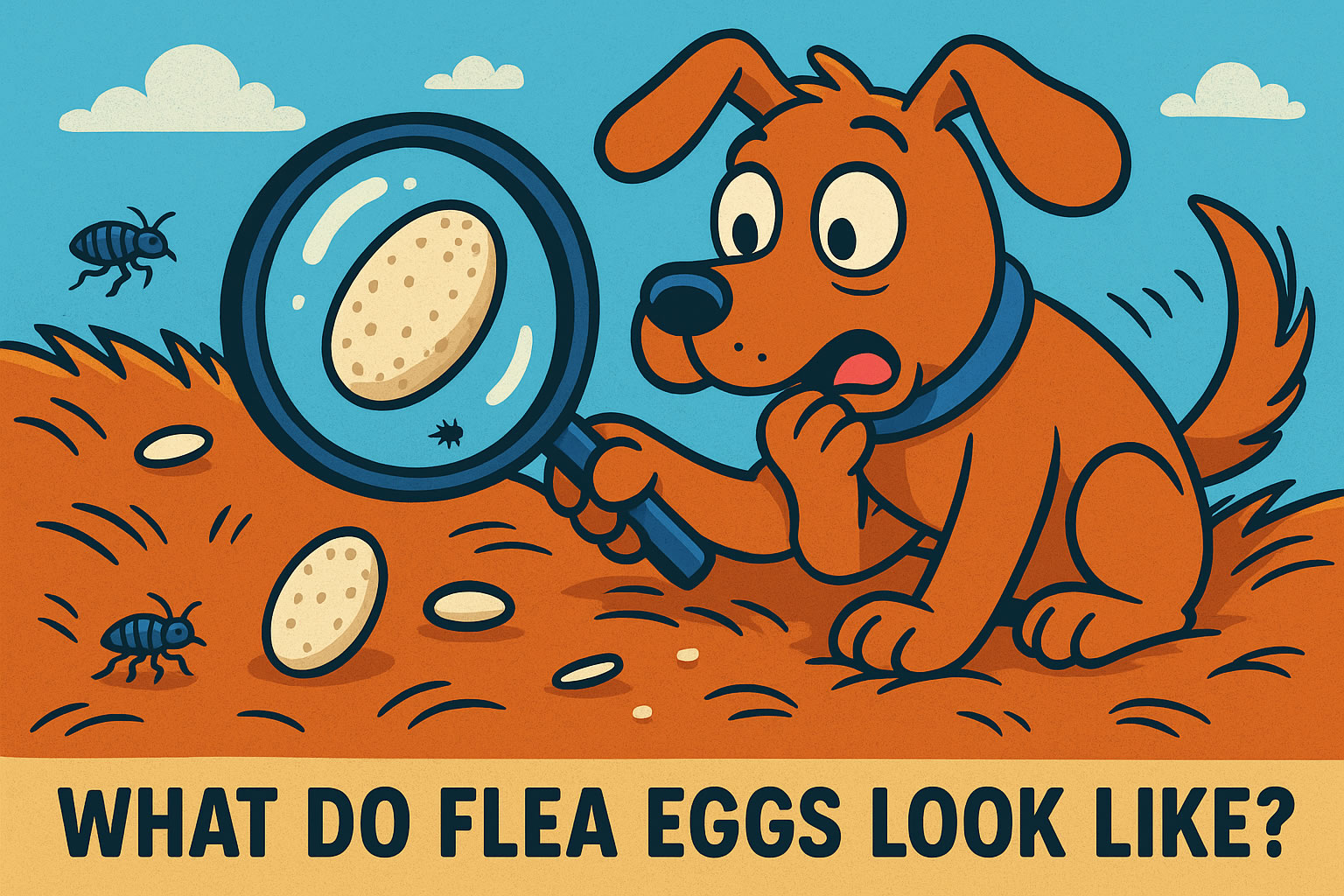
What do dead flea eggs look like?
Dead flea eggs typically maintain many characteristics of live eggs, making them somewhat difficult to distinguish without magnification. Generally, they retain their oval shape and off-white colour.
However, there are some subtle differences to watch for:
- Dead eggs may appear slightly shrivelled or collapsed
- They sometimes take on a tanner colour compared to viable eggs
- Non-viable eggs might show dimpling or indentations on their surface
Insecticide-exposed eggs often display characteristic collapsing or dimpling, which can help confirm whether your treatment efforts are working.
Remember that flea eggs don’t remain attached to your pet’s fur for long. When initially laid, they’re slightly wet and sticky, but they dry rapidly within hours. Subsequently, these dried eggs easily fall off into your home environment, which explains why thorough home treatment is essential alongside treating your pets.
How to tell flea eggs apart from other particles
Confusing white specks on your pet with something harmless could delay proper treatment. Consequently, distinguishing flea eggs from other similar particles is a crucial skill for pet owners.
Flea eggs vs. flea dirt
The “salt and pepper” appearance on your pet is often the first sign of fleas. The “salt” refers to flea eggs, whilst the “pepper” represents flea dirt. Despite their similar size, these two substances couldn’t be more different:
Flea eggs are:
- Oval-shaped and white or off-white
- Smooth-surfaced and non-sticky
- Similar to tiny grains of rice or salt
- Usually scattered throughout the environment
Conversely, flea dirt is:
- Dark brown to black in colour
- Crumbly in texture
- Made of digested blood from your pet
- Often found stuck in your pet’s fur
“Flea dirt isn’t actually dirt at all, but flea waste material that contains digested blood from your pet,” explains veterinary experts. Hence, finding these black specks confirms that fleas have been present long enough to feed and digest a blood meal.
Dog dandruff or flea eggs?
White specks in your pet’s fur might be dandruff rather than flea eggs. Making this distinction is essential for proper treatment.
Dandruff consists of thin, light, irregular-shaped flakes of skin that easily lodge in your pet’s fur. Moreover, dandruff typically sticks to fur, whilst flea eggs fall off within hours of being laid.
To distinguish between them, look at:
Shape and uniformity: Flea eggs have a consistent oval shape with rounded ends, whereas dandruff flakes are irregular and varied.
Adherence to fur: “If you touch the specks and they easily fall off, they are more likely flea eggs rather than dandruff,” note pet care experts.
Location: Dandruff often develops in areas your pet can easily scratch, whilst flea eggs may be found anywhere on your pet—though they quickly fall into the environment.
Texture: Flea eggs have a smooth surface, unlike the flaky texture of dandruff.
How to test for flea dirt
Since flea eggs quickly fall off your pet, finding flea dirt often provides more reliable evidence of an infestation. Fortunately, there’s a simple test to confirm whether those suspicious black specks are indeed flea dirt.
The wet paper towel test works as follows:
- Comb your pet with a flea comb over a wet piece of white kitchen roll or paper towel.
- Collect some of the black specks onto the paper.
- Press the paper towel together or add a drop of water to the specks.
- Observe the results.
If the black specks create a reddish-brown stain or halo around them, you’re dealing with flea dirt. This happens because flea dirt contains digested blood that reconstitutes when wet.
As a preventative measure, regular flea combing can help you monitor your pet. “Flea combing can give you confirmation of how severe of an infestation your pet has. If you do not see fleas after combing, the likelihood of your pet having a flea problem is low”.
Remember that finding either flea eggs or flea dirt confirms an infestation requiring prompt treatment. Addressing the problem quickly prevents those tiny eggs from developing into a full-blown flea outbreak in your home.
Where flea eggs are commonly found
Understanding where flea eggs accumulate is essential for effective treatment and prevention. These tiny invaders follow specific patterns in your home, making targeted treatment possible once you know where to look.
Flea eggs on cats and dogs
Female fleas lay their eggs directly on your pet, cosying up in their fur whilst feeding on blood. Interestingly, adult fleas have no reason to leave this welcoming host to lay eggs elsewhere. A single female flea can lay up to 50 eggs per day within the fur of animal hosts.
Nonetheless, these eggs don’t remain attached to your pet’s fur for long. Although initially deposited on your pet’s skin, the eggs:
- Fall off within a few hours after being laid
- Are not sticky, which enables them to drop easily
- Dry up slightly over time, losing their ability to stay put
This explains why finding flea eggs directly on your pet can be challenging. Even though the adult fleas remain firmly attached to your pet whilst feeding, their eggs are constantly dropping off, creating a trail wherever your pet travels in your home.
What do flea eggs look like on furniture?
On furniture, flea eggs appear as tiny white or off-white specks that resemble grains of salt. They maintain their characteristic oval shape regardless of the surface they fall onto. Their small size—approximately 0.5 millimetres in length—makes them difficult to spot against light-coloured upholstery.
Primarily, these eggs accumulate in areas where your pets regularly rest. This means your pet’s favourite armchair or sofa spot likely harbours the highest concentration of flea eggs. During an active infestation, you might notice:
- Small white oval specks clustered in fabric crevices
- A salt-like dusting in the corners of cushions
- Eggs accumulated in the seams of upholstery
Even in colder months, your heated home provides ideal conditions for flea egg development. This enables eggs to survive and eventually develop into adults, even when outdoor conditions would otherwise be unfavourable.
Flea eggs on bed sheets and carpets
Bed sheets frequently host flea eggs when pets sleep on beds. Although live adult fleas can get into a person’s bed via pets, it’s more common to find white flea eggs in your bedding. These oval-shaped eggs, being about the size of a grain of salt, are more likely to be found where they’ve been dropped—on bedding, floors, or furniture—rather than on pets themselves.
Carpets serve as perfect incubators for flea eggs and larvae. As pets move around indoors, eggs continuously fall into floor cracks and carpeting. After hatching, the larvae embed deep within carpet fibres, becoming difficult to remove. These larvae can lurk in carpets for months, feeding off the dried blood and faeces of adult fleas.
For this reason, thorough vacuuming plays a crucial role in flea control. You can remove up to 90% of flea eggs (depending on carpet type) by vacuuming every other day during an infestation. Vacuuming also lifts carpet fibres, allowing other treatments to work more effectively.
Even hard surfaces require attention, as flea eggs can accumulate in cracks between floorboards. Vacuuming helps lift eggs from hard-to-reach cracks in hardwood or tile floors, whilst mopping and steam cleaning can help kill the eggs that remain.
How flea eggs develop and hatch
Once laid, flea eggs begin a remarkable journey through four distinct life stages. Understanding this development process is crucial for effective pest control.
Flea life cycle overview
The flea life cycle consists of four separate stages: egg, larva, pupa, and adult. Notably, adult fleas make up merely 5% of the entire flea population. The remaining 95% exists as eggs, larvae, and pupae developing in your home environment.
This complete life cycle can vary dramatically in duration, lasting anywhere from two weeks to several months. Simultaneously, under certain conditions, the cycle might even extend to years.
The process begins when an adult female flea, after feeding on your pet’s blood, starts laying eggs directly on the host. As previously mentioned, these eggs aren’t sticky, so they quickly fall off into the surroundings, scattered throughout your home.
How long do flea eggs take to hatch?
Flea eggs typically hatch within 1 to 10 days after being laid. This timeline varies primarily based on environmental factors. A female flea can be remarkably prolific, laying between 4 to 8 eggs after each blood meal. In fact, throughout her lifetime, a single female might produce over 100 eggs depending on conditions.
The egg-laying begins promptly, with female fleas starting to produce eggs within 48 hours of their first feed. Some sources indicate females can lay up to 40 eggs daily, which explains how infestations can expand so rapidly.
Environmental conditions that affect hatching
Several key factors influence how quickly flea eggs develop and hatch:
- Temperature: Warmer environments accelerate hatching, with optimal development occurring around 80°F
- Humidity: High humidity levels (50-70%) create favourable conditions for hatching, whilst low humidity slows development
- Cold environments: Eggs perish before hatching in cold conditions
Owing to these variables, eggs that fall in protected areas like carpet fibres typically have higher survival rates. Furthermore, some eggs may become dormant, potentially surviving for months until conditions improve.
This adaptability makes complete eradication challenging, as eggs can remain viable for extended periods before continuing their development when conditions become favourable again.
How to get rid of flea eggs effectively
Eliminating flea eggs requires a multi-pronged approach that targets both your pets and your home environment. At any given time, flea eggs make up more than half of a flea population, making them a critical focus in your battle against these persistent pests.
Treating your pet with flea control products
Modern flea treatments for pets contain two crucial components: ingredients that kill adult fleas and insect growth regulators (IGRs). These IGRs stop flea eggs from maturing into adults and sometimes sterilise female fleas so they can’t lay viable eggs. Common IGRs include methoprene and pyriproxyfen, whilst avermectins like selamectin prevent eggs from hatching altogether.
Popular treatments such as Advantage, Vectra, and Revolution contain these powerful ingredients. Above all, consult your veterinarian before choosing a treatment, as they can recommend the most suitable product for your specific pet.
Remember that some dog flea treatments contain permethrin, an insecticide that’s safe for dogs but highly toxic to cats. Additionally, many spot-on treatments have been found in high levels in UK waterways, proving harmful to aquatic animals.
Vacuuming and cleaning your home
Thorough vacuuming is remarkably effective against flea eggs. You can remove up to 90% of flea eggs (depending on carpet type) by simply vacuuming every other day during an infestation. Accordingly, this simple action breaks the flea life cycle at its earliest stage.
For maximum effectiveness:
- Vacuum carpets, furniture, and cracks in hard floors
- Wash bedding, pet beds, and toys at the highest temperature the fabric allows
- Steam clean carpets where possible
- Declutter your home to reduce hiding places
Afterward, throw away the vacuum bag after each use to prevent eggs and larvae from developing further.
Using sprays, foggers, and IGRs
Environmental treatments provide another line of defence against flea eggs. Foggers offer a simple way to kill flea eggs and many other pests. Likewise, sprays containing IGRs, such as PetArmor Home & Carpet Spray, effectively kill flea eggs in your home.
For comprehensive treatment, consider:
- Using foggers in combination with sprays to reach under furniture
- Applying environmental insect growth regulators to stop fleas from developing
- Treating areas where your pets frequently rest
Products like Critterkill Flea Smoke Bombs kill fleas on contact, making them ideal for large or difficult-to-reach areas.
What kills flea eggs instantly?
For immediate results, several options are available. High-temperature washing effectively kills flea eggs on bedding and washable items. Meanwhile, professional-strength insecticides with residual action can eliminate eggs upon contact.
Triple-action formulas that target adult fleas, larvae, and eggs provide comprehensive control. These products typically leave behind a residual barrier that continues to kill fleas and disrupt their life cycle for weeks after application.
Remember that patience and persistence are essential. A single flea can lay up to 2,000 eggs in its lifetime, so consistent treatment is necessary for complete eradication.
Our Final Say!
Dealing with flea eggs effectively requires both knowledge and persistence. Throughout this guide, we’ve examined these tiny invaders from every angle—their appearance, location, development, and elimination. Undoubtedly, the battle against fleas starts with understanding what you’re fighting.
Remember that these 0.5mm oval-shaped, off-white eggs might resemble salt grains but represent the first stage of a potentially massive infestation. Though initially laid on your pet, they quickly fall into your carpets, furniture, and bedding, where they await proper conditions to hatch.
Therefore, successful elimination demands a comprehensive approach. First, treat your pets with veterinary-approved products containing both adulticides and insect growth regulators. Additionally, maintain a rigorous cleaning routine—vacuum thoroughly every other day during active infestations, wash bedding at high temperatures, and consider environmental treatments for areas your pets frequent.
Most importantly, patience proves essential during this process. Flea eggs can remain dormant for months before hatching, which explains why seemingly eliminated infestations sometimes resurface weeks later. Your consistent efforts will eventually break this resilient pest’s lifecycle.
Armed with this knowledge, you can now confidently identify, target, and eliminate flea eggs before they develop into a full-blown infestation. The tiny white specks you once overlooked will no longer escape your attention—nor will they escape your treatment plan.
Pest Control Kensworth Lynch – Pest Control Suffolk – Pest Control Kempston North
